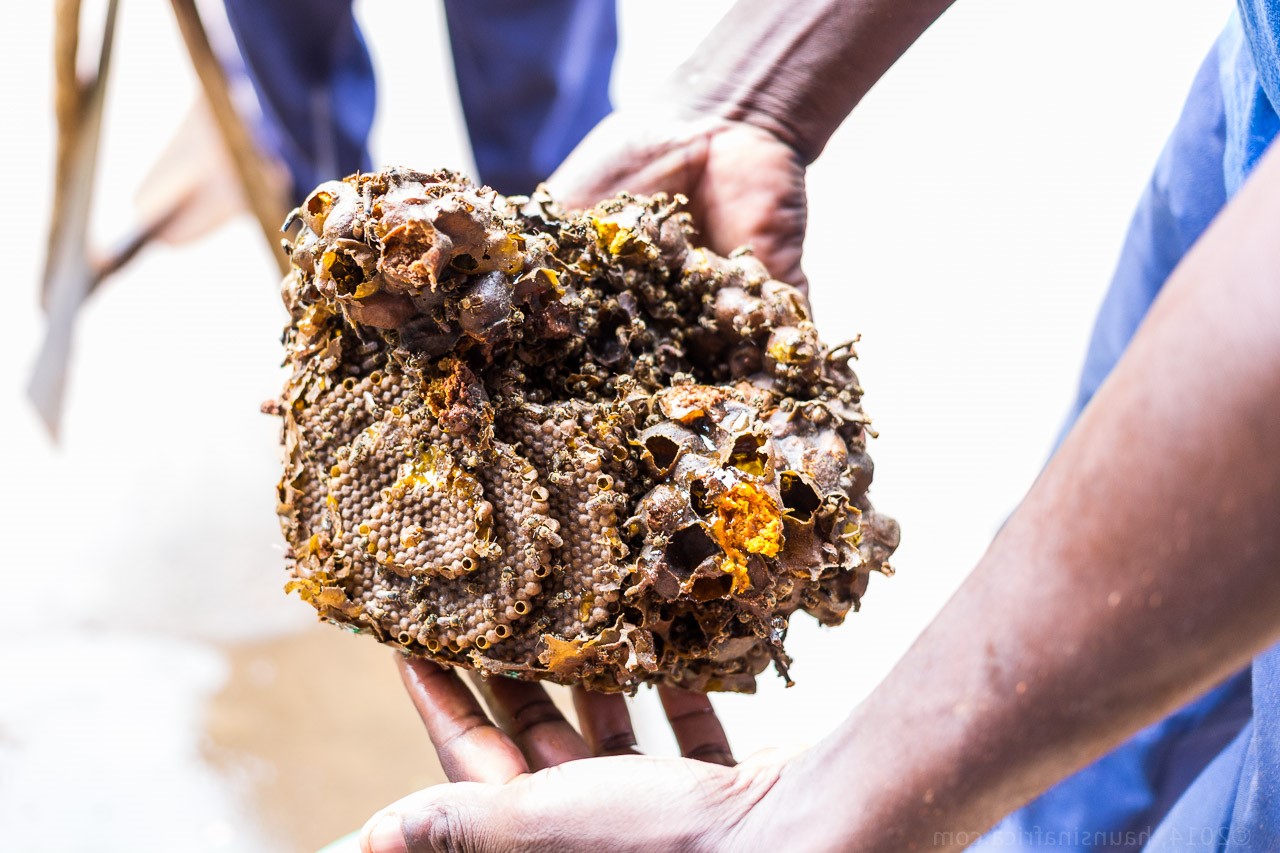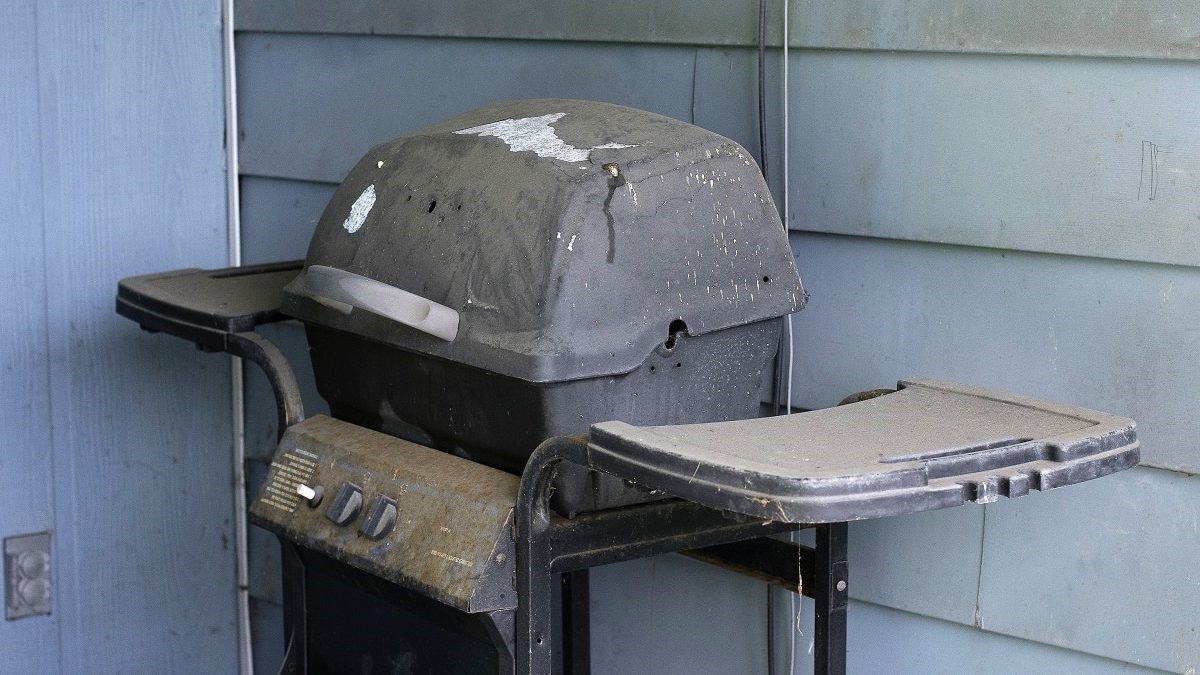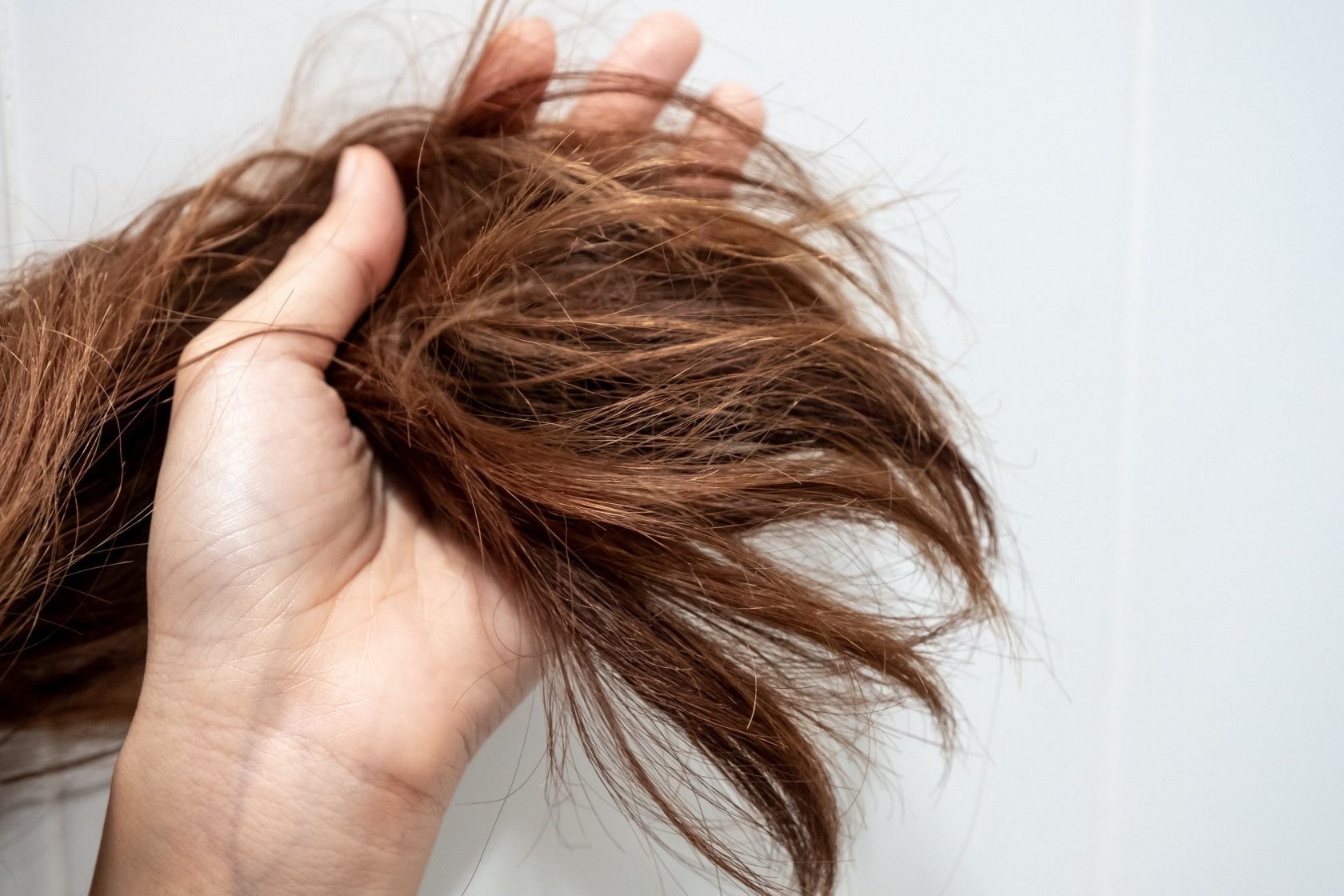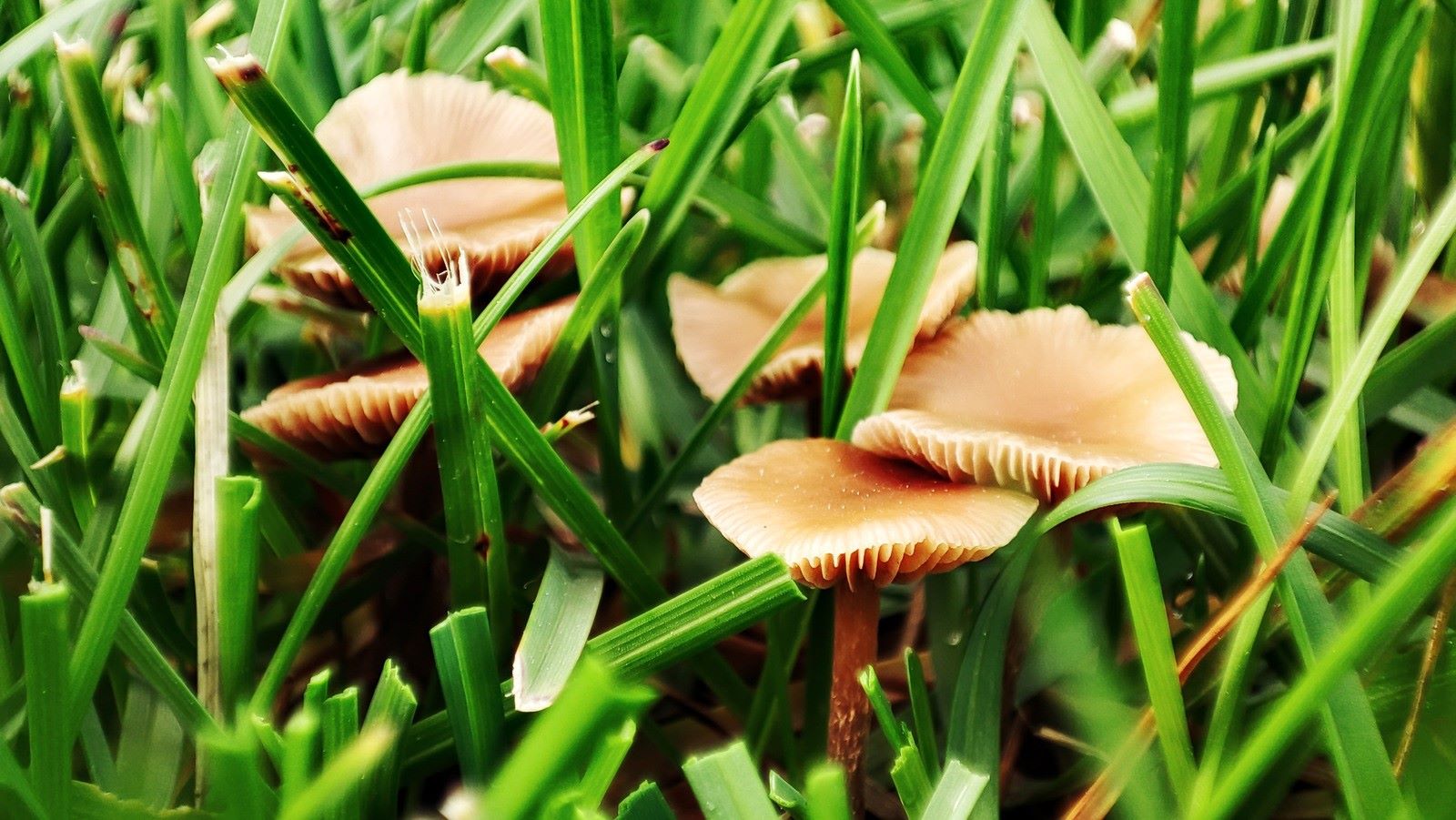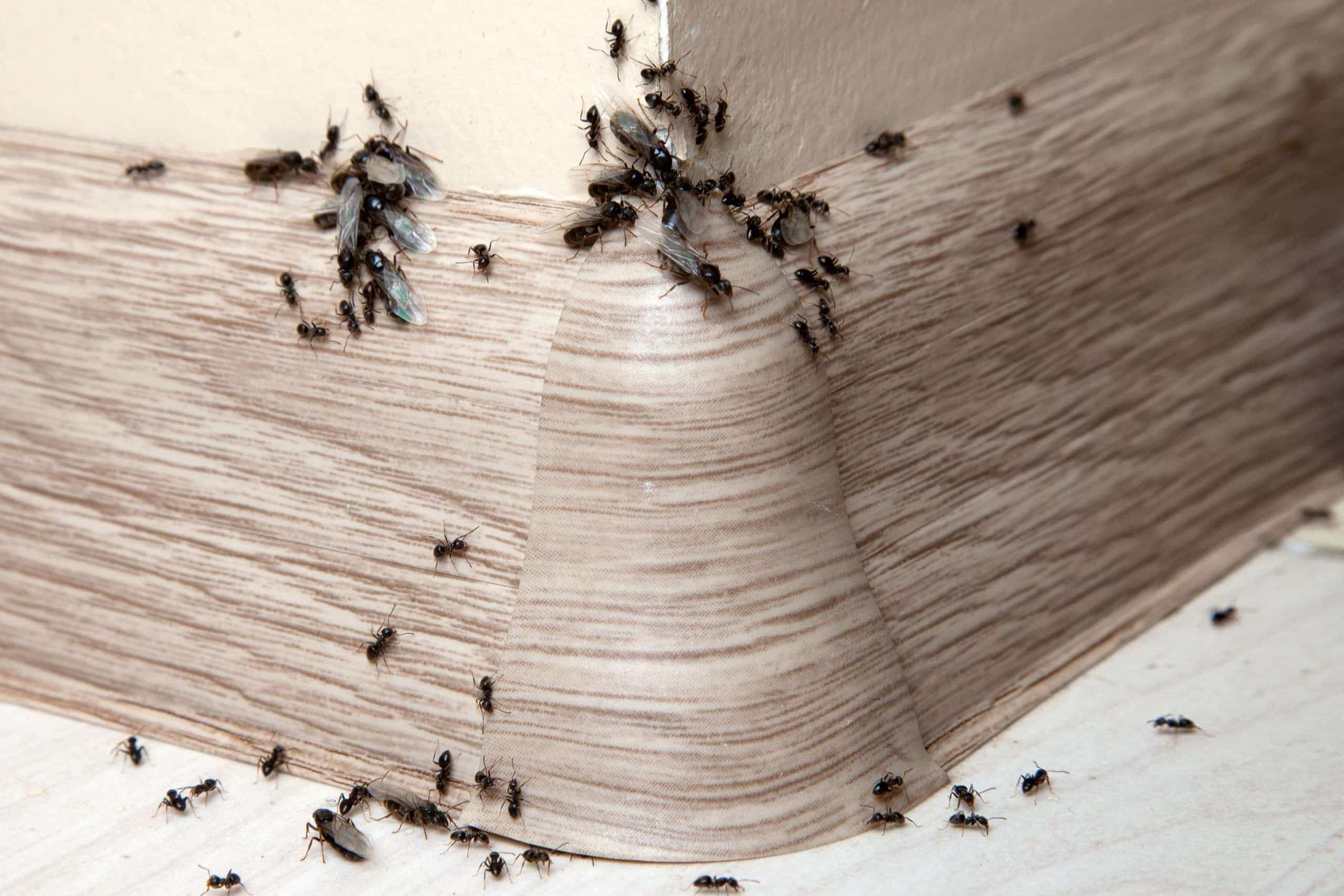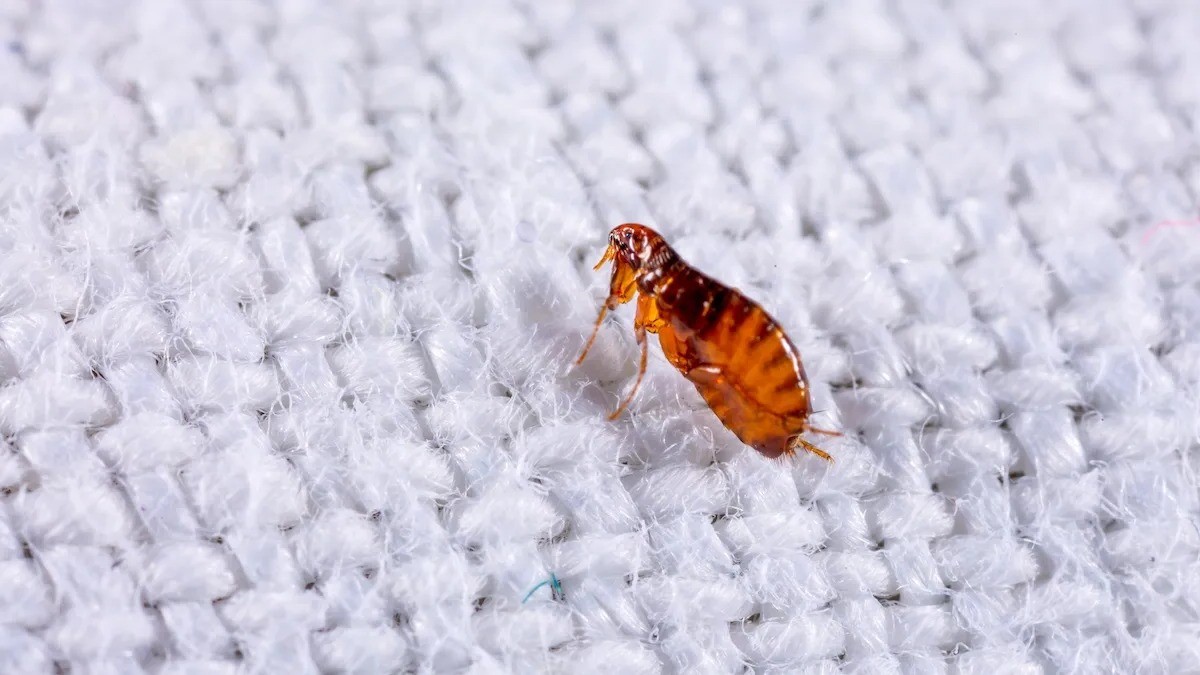Home>Home and Garden>How To Get Rid Of Toilet Ring
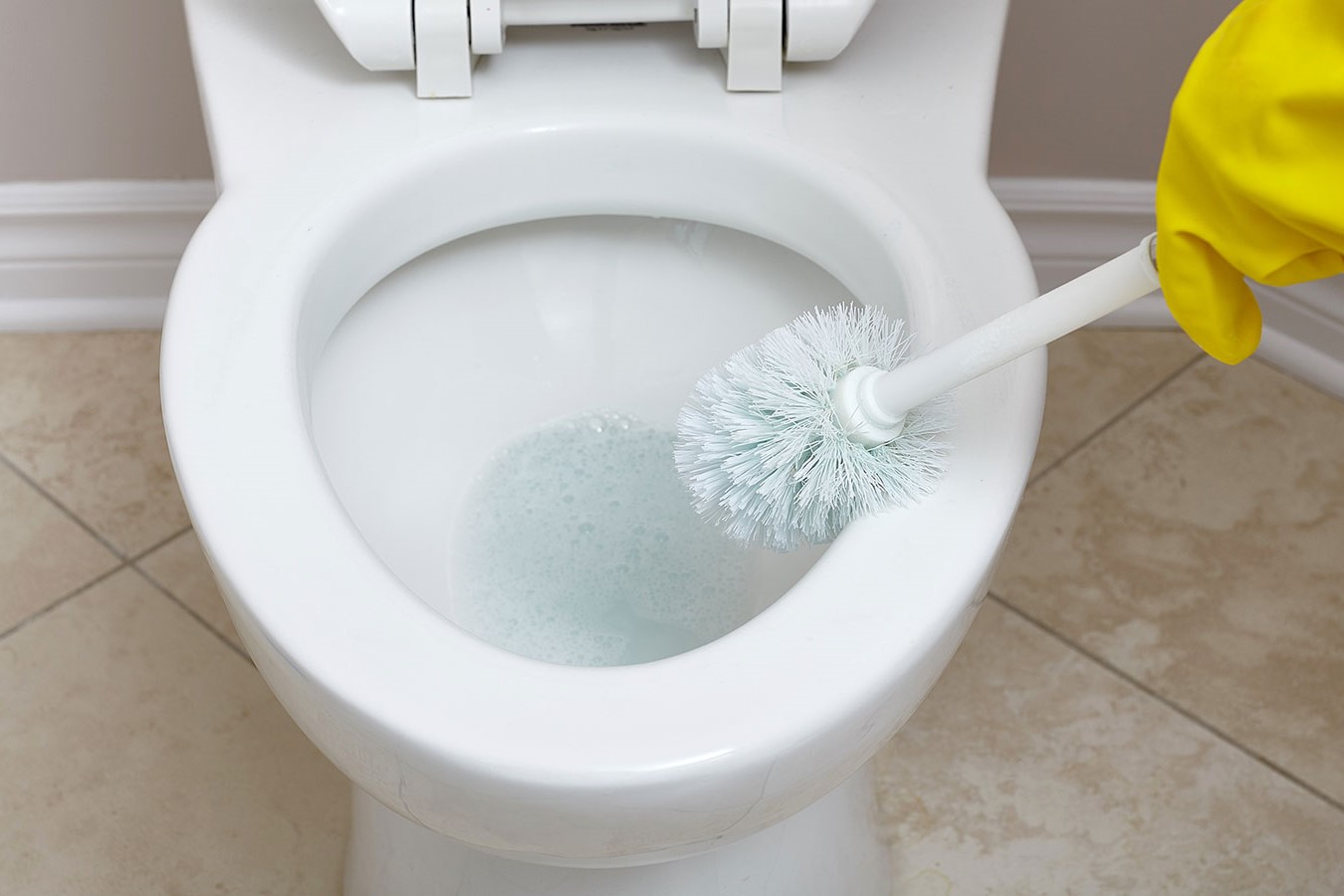

Home and Garden
How To Get Rid Of Toilet Ring
Published: March 1, 2024
Learn effective home and garden tips to remove toilet rings and keep your bathroom clean. Discover simple solutions for a sparkling toilet.
(Many of the links in this article redirect to a specific reviewed product. Your purchase of these products through affiliate links helps to generate commission for Noodls.com, at no extra cost. Learn more)
Table of Contents
Introduction
Dealing with a stubborn toilet ring can be a frustrating and unsightly challenge for many homeowners. A toilet ring, also known as a toilet bowl ring, is a dark, discolored line that forms at the waterline in the toilet bowl. This unappealing ring is often caused by a buildup of mineral deposits, bacteria, and other substances, and it can be particularly difficult to remove. However, with the right knowledge and tools, you can effectively tackle this common household issue.
In this comprehensive guide, we will explore the causes of toilet rings, various methods for removing them, as well as natural and do-it-yourself (DIY) solutions for tackling this problem. Additionally, we will discuss preventive measures to help you keep toilet rings at bay in the future.
Whether you're a new homeowner encountering this issue for the first time or a seasoned homeowner seeking more effective solutions, this guide is designed to equip you with the knowledge and strategies needed to conquer toilet rings and restore the pristine condition of your toilet bowl.
Let's delve into the root causes of toilet rings and uncover the most effective methods for removing and preventing them, ensuring that your bathroom remains a clean and inviting space for you and your family.
Read more: How To Get Rid Of Sugar Ants
Understanding the Causes of Toilet Rings
To understand how to effectively combat toilet rings, it's crucial to grasp the underlying causes of this common issue. Toilet rings typically result from a combination of factors, including mineral deposits, hard water, and bacterial growth. When water evaporates from the toilet bowl, it leaves behind mineral deposits, such as calcium, magnesium, and lime, which accumulate at the waterline and form the unsightly ring. This buildup is often more pronounced in areas with hard water, where high mineral content exacerbates the problem.
In addition to mineral deposits, bacterial growth can contribute to the formation of toilet rings. Bacteria thrive in moist environments, and the stagnant water in the toilet bowl provides an ideal breeding ground. Over time, these bacteria can contribute to the discoloration and staining that characterize toilet rings, further complicating the issue.
Furthermore, certain cleaning products and toiletries, such as automatic bowl cleaners, bleach-based cleaners, and even some toilet bowl tablets, can react with the minerals in the water, exacerbating the formation of toilet rings. These products may inadvertently contribute to the buildup of deposits and stains, making it essential to choose cleaning agents carefully.
Understanding the interplay of these factors is crucial in devising effective strategies for removing and preventing toilet rings. By addressing the root causes of mineral buildup, bacterial growth, and the impact of cleaning products, homeowners can implement targeted solutions to combat toilet rings and maintain a clean, hygienic toilet bowl.
By gaining insight into the causes of toilet rings, you are better equipped to select appropriate methods for removal and prevention, ensuring that your efforts yield lasting results. Armed with this knowledge, you can proceed to explore the various methods for removing toilet rings and discover effective solutions tailored to your specific needs.
Common Methods for Removing Toilet Rings
When it comes to tackling stubborn toilet rings, several common methods have proven to be effective in restoring the pristine condition of the toilet bowl. These methods are widely accessible and can be implemented with relative ease, making them popular choices for homeowners seeking to rid their toilets of unsightly rings. Here are some of the most common methods for removing toilet rings:
-
Commercial Toilet Bowl Cleaners: A variety of commercial toilet bowl cleaners are formulated specifically to combat tough stains and mineral deposits. These cleaners often contain powerful ingredients, such as hydrochloric acid or oxalic acid, which effectively dissolve and remove stubborn toilet rings. When using commercial cleaners, it's essential to follow the manufacturer's instructions carefully and take appropriate safety precautions, such as wearing gloves and ensuring adequate ventilation.
-
Toilet Bowl Brushes: Regular scrubbing with a high-quality toilet bowl brush can help break down and remove toilet rings. When combined with a potent toilet bowl cleaner, a thorough scrubbing can effectively dislodge mineral deposits and stains, restoring the toilet bowl to its original luster. It's important to use a sturdy, durable brush with stiff bristles to ensure effective cleaning.
-
Pumice Stones: Pumice stones are natural, abrasive stones that can be used to gently scrub away toilet rings without causing damage to the porcelain surface. When using a pumice stone, it's crucial to wet the stone and the toilet bowl surface to prevent scratching. With gentle yet firm pressure, the pumice stone can be used to gradually remove the buildup of mineral deposits and stains, revealing a clean, smooth toilet bowl.
-
Vinegar and Baking Soda: A natural and eco-friendly alternative, a mixture of vinegar and baking soda can be used to combat toilet rings. The acidic nature of vinegar helps dissolve mineral deposits, while the effervescent action of baking soda aids in scrubbing away stains. By combining these two household staples, homeowners can create a powerful cleaning solution that is gentle on the environment and effective in removing toilet rings.
-
Professional Cleaning Services: For persistent or severe toilet rings, enlisting the services of professional cleaners may be necessary. Professional cleaning services have access to specialized equipment and cleaning agents that can effectively tackle stubborn toilet rings, restoring the toilet bowl to a pristine condition.
By leveraging these common methods for removing toilet rings, homeowners can effectively address this common household issue and restore the cleanliness and appeal of their toilet bowls. Whether opting for commercial cleaners, natural remedies, or professional assistance, there are various avenues to explore in the quest to eliminate toilet rings and maintain a hygienic bathroom environment.
Natural and DIY Solutions for Removing Toilet Rings
When it comes to combating toilet rings using natural and do-it-yourself (DIY) solutions, homeowners have a range of effective options at their disposal. These solutions offer the dual benefit of being environmentally friendly and gentle on the surfaces of the toilet bowl. Here are some natural and DIY approaches for removing toilet rings:
Lemon Juice and Borax
A potent combination of lemon juice and borax can be harnessed to tackle stubborn toilet rings. The acidic properties of lemon juice help dissolve mineral deposits and stains, while borax, a natural mineral compound, acts as a powerful cleaning agent. To create this solution, mix equal parts of lemon juice and borax to form a paste. Apply the paste to the affected areas of the toilet bowl, allowing it to sit for a few hours or overnight. Afterward, scrub the area with a toilet brush and flush the toilet to reveal a noticeably cleaner bowl.
Read more: How To Get Rid Of Grasshoppers
Coca-Cola
Surprisingly, the carbonation and mild acidity of Coca-Cola can be effective in breaking down toilet rings. Simply pour a can of Coca-Cola into the toilet bowl, ensuring that it covers the stained areas. Allow the soda to sit for several hours or overnight to allow the acids in the beverage to work on the mineral deposits and stains. Afterward, scrub the toilet bowl with a brush and flush to remove the loosened debris, revealing a cleaner surface.
Essential Oils and Baking Soda
A mixture of essential oils and baking soda can serve as a natural and aromatic solution for combating toilet rings. Combine a few drops of essential oil, such as tea tree oil or lavender oil, with baking soda to form a fragrant paste. Apply the paste to the affected areas of the toilet bowl, allowing it to sit for a period of time to effectively break down mineral deposits and stains. Afterward, scrub the area with a toilet brush and flush the toilet to unveil a refreshed and pleasantly scented bowl.
DIY Toilet Bowl Bombs
For a proactive approach to preventing and removing toilet rings, homeowners can create DIY toilet bowl cleaning bombs. These effervescent cleaning agents are made by combining baking soda, citric acid, and essential oils to form small, solidified tablets. When dropped into the toilet bowl, these DIY bombs release a fizzing action that helps break down mineral deposits and stains. Regular use of these homemade cleaning bombs can aid in preventing the formation of new toilet rings while effectively removing existing ones.
By harnessing the power of these natural and DIY solutions, homeowners can effectively combat toilet rings while minimizing the use of harsh chemicals. These approaches offer a sustainable and cost-effective means of maintaining a clean and hygienic toilet bowl, ensuring that your bathroom remains a welcoming and pristine space for all who use it.
Preventing Toilet Rings from Forming
Preventing the formation of unsightly toilet rings is a proactive approach that can save homeowners time and effort in the long run. By implementing preventive measures, individuals can effectively minimize the recurrence of toilet rings, ensuring that their toilet bowls remain clean and free of stubborn stains. Here are several strategies for preventing toilet rings from forming:
Read more: How To Get Rid Of Cowlicks
Regular Cleaning and Maintenance
Consistent and thorough cleaning of the toilet bowl is essential in preventing the buildup of mineral deposits and stains that contribute to toilet rings. Using a high-quality toilet bowl cleaner and a sturdy brush, homeowners should regularly scrub the interior of the toilet bowl, paying particular attention to the waterline. By removing any potential sources of buildup and discoloration, regular cleaning can effectively deter the formation of toilet rings.
Use of Water Softeners
In areas with hard water, where high mineral content contributes to the formation of toilet rings, the use of water softeners can be highly beneficial. Water softeners work to reduce the concentration of minerals in the water, thereby minimizing the buildup of deposits in the toilet bowl. By installing a water softening system or using water softening agents, homeowners can proactively address the root cause of toilet rings and maintain a cleaner, more resilient toilet bowl.
Proper Ventilation
Ensuring adequate ventilation in the bathroom can help prevent the formation of toilet rings. Proper ventilation reduces the humidity and moisture levels in the bathroom, creating a less favorable environment for bacterial growth and mineral deposition. By using exhaust fans or opening windows during and after showering, homeowners can promote airflow and reduce the likelihood of moisture-related issues, including the formation of toilet rings.
Regular Use of Natural Cleaning Agents
Incorporating natural cleaning agents, such as vinegar and baking soda, into regular toilet bowl maintenance can aid in preventing the formation of toilet rings. The acidic properties of vinegar help dissolve mineral deposits, while the effervescent action of baking soda aids in scrubbing away potential stains. By using these natural solutions on a routine basis, homeowners can proactively combat the factors that contribute to toilet rings, maintaining a cleaner and more resilient toilet bowl.
Read more: How To Get Rid Of Yellowjackets
Monitoring Cleaning Product Usage
Careful consideration of the cleaning products used in the toilet bowl is crucial in preventing the formation of toilet rings. Some commercial cleaners and toilet bowl tablets contain chemicals that can exacerbate mineral buildup and staining. By selecting cleaning products that are specifically formulated to prevent mineral deposits and stains, homeowners can minimize the risk of toilet rings and maintain a cleaner toilet bowl over time.
By implementing these preventive measures, homeowners can effectively reduce the likelihood of toilet rings forming in their toilet bowls. Through regular cleaning, the use of water softeners, proper ventilation, the incorporation of natural cleaning agents, and mindful product selection, individuals can proactively maintain a clean and pristine toilet bowl, ensuring a hygienic and inviting bathroom environment.
Conclusion
In conclusion, the battle against toilet rings is a common challenge faced by homeowners, but armed with the knowledge and strategies outlined in this guide, individuals can effectively combat this persistent issue. By understanding the root causes of toilet rings, including mineral deposits, bacterial growth, and the impact of cleaning products, homeowners can tailor their approach to removal and prevention with greater precision.
The methods for removing toilet rings, whether through the use of commercial cleaners, natural remedies, or professional cleaning services, offer a range of effective solutions to restore the cleanliness and appeal of the toilet bowl. From the abrasive action of pumice stones to the eco-friendly potency of vinegar and baking soda, homeowners have a wealth of options at their disposal to tackle stubborn toilet rings.
Furthermore, the natural and DIY solutions presented in this guide provide environmentally friendly and cost-effective alternatives for combating toilet rings. From the acidic power of lemon juice and borax to the surprising effectiveness of Coca-Cola, these natural approaches offer sustainable and aromatic solutions for maintaining a clean and hygienic toilet bowl.
Moreover, the preventive measures outlined in this guide empower homeowners to proactively minimize the recurrence of toilet rings. By embracing regular cleaning and maintenance, the use of water softeners, proper ventilation, and the incorporation of natural cleaning agents, individuals can create a resilient defense against the formation of unsightly toilet rings.
Ultimately, the quest to eliminate and prevent toilet rings is a multifaceted endeavor that requires a combination of knowledge, diligence, and the strategic application of effective solutions. By leveraging the insights and techniques presented in this guide, homeowners can reclaim the pristine condition of their toilet bowls and ensure a welcoming and hygienic bathroom environment for themselves and their families.
With a proactive approach to removal, prevention, and maintenance, individuals can bid farewell to the frustration of toilet rings and enjoy the satisfaction of a clean, sparkling toilet bowl. Armed with the information and strategies provided in this guide, homeowners can confidently face the challenge of toilet rings and emerge victorious, ensuring that their bathrooms remain a clean and inviting sanctuary within their homes.
